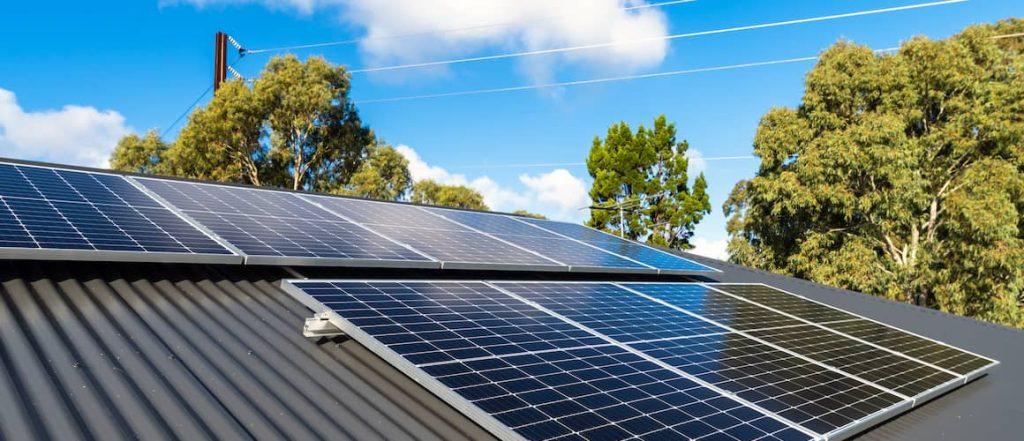In recent years, solar panels have gained popularity as an eco-friendly and cost-effective way to generate electricity for homes and businesses. If you have a metal roof and are considering harnessing the power of the sun, you might be wondering how solar panels can be securely attached to your roofing material. In this article, we will explore the methods and considerations for attaching solar panels to a metal roof.

Understanding the Metal Roof
Before we delve into the attachment methods, it’s important to understand the different types of metal roofs commonly used in residential and commercial buildings. The most common metal roofing materials include:
- Standing Seam Metal Roofs: These roofs feature raised seams that run vertically along the roof’s surface. They provide an excellent base for solar panel attachment due to their design.
- Corrugated Metal Roofs: Corrugated metal roofs have ridges and valleys, which can be both advantageous and challenging when it comes to attaching solar panels.
- Metal Shingles: Metal shingles imitate the look of conventional asphalt shingles but consist of metal. They offer a unique set of challenges for solar panel installation.
Attachment Methods
The methods for attaching solar panels to a metal roof depend on the type of metal roof you have and your specific needs. Here are the most common attachment methods:
- Clamp-Mounted Systems: For standing seam metal roofs, clamp-mounted systems are often used. These systems utilize specially designed clamps that attach directly to the raised seams of the roof, eliminating the need for roof penetrations. This method is known for its ease of installation and minimal impact on the roof’s integrity.
- Rail-Mounted Systems: Rail-mounted systems offer versatility, suitable for various metal roofs like corrugated and metal shingle roofs. They involve horizontal installation of rails on the roof, with solar panels subsequently attached to these rails using clamps. This method distributes the weight of the panels evenly across the roof’s surface, reducing stress on individual roof panels.
- Adhesive or Adhesive Ballast Systems: In certain cases, particularly with flat or low-slope metal roofs, people may use adhesive or adhesive ballast systems. These systems involve securing solar panels to the roof using strong adhesives or ballasts that do not penetrate the roof’s surface. Proper installation and adhesion are crucial to ensure the panels stay securely in place.
Key Considerations
When attaching solar panels to a metal roof, several factors should be considered:
- Roof Material: The type and condition of your metal roof will dictate the attachment method. Consult with a solar panel installer experienced in working with metal roofs to determine the best approach.
- Weight: Assess your roof’s structure for the added weight of solar panels due to their heaviness. Reinforcements may be necessary in some cases.
- Weather and Wind: Metal roofs are durable, but they can expand and contract with temperature fluctuations. Proper attachment methods must accommodate these movements to prevent damage to both the roof and solar panels.
- Sealing and Waterproofing: Proper sealing and waterproofing around attachment points are essential to prevent leaks and ensure the roof’s integrity.
Conclusion
How are solar panels attached to metal roofs using different methods, based on roof type and needs. Experienced solar installers familiar with metal roofs ensure secure, weather-resistant installations. By harnessing the sun’s power, you cut energy costs and support a greener future.



Leave a Reply